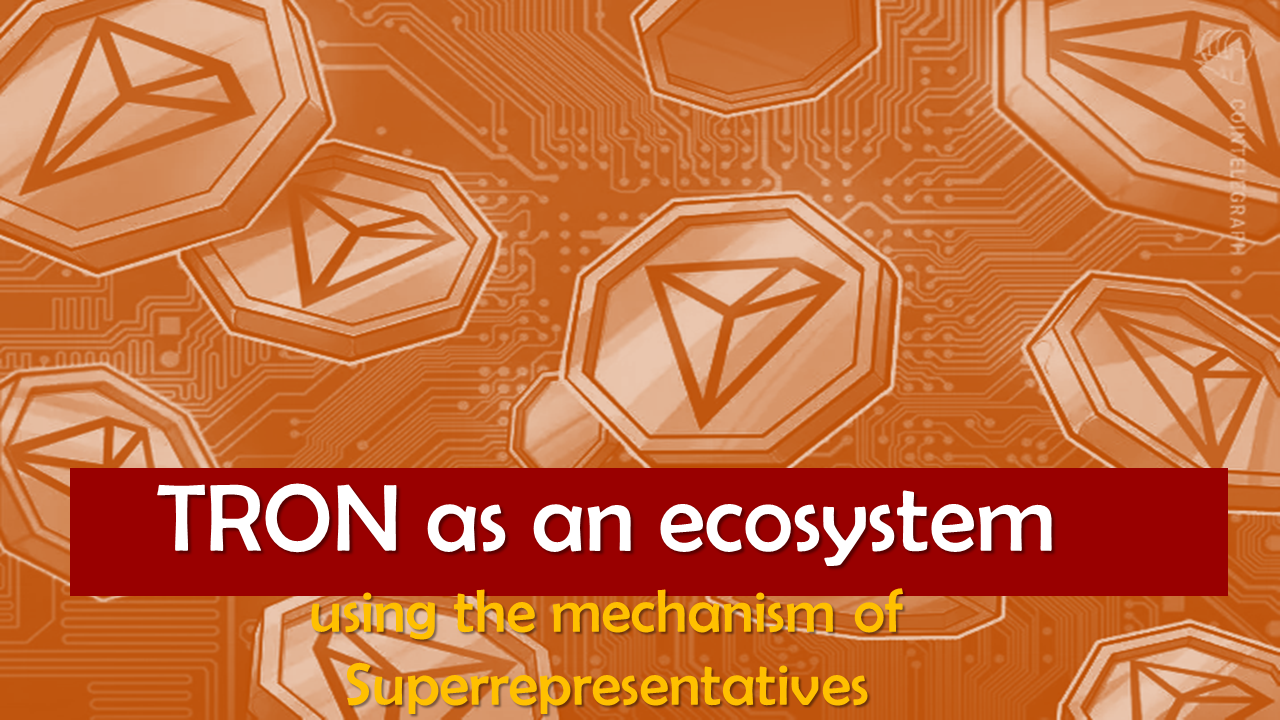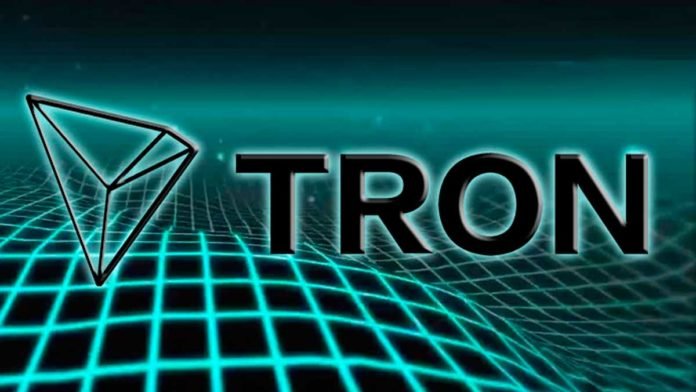TRON as an ecosystem using the mechanism of Superrepresentatives
1 comment

Introduction
The governance of ecosystems using PoS, concession mechanisms rely heavily on computing power, as they need to spend a lot of computing resources, while DPoS introduces a PoS-based voting mechanism that reduces the cost of block generation time.
This element incorporated in DPoS makes it efficient and in some way reduces the number of people entitled to participate in the functioning of the ecosystems that use this mechanism.
Such is the case of the TRON ecosystem that uses the DPoS concession mechanism, thus reducing the number of people entitled to participate in the functioning of its ecosystem, hence, as the TRON ecosystem needs fewer delegates those who are elected are assigned the role of Super-representatives.

▶ Figure of the Superrepresentatives
The figure of the Superrepresentatives, who are those users who produce blocks for the network and are located from the number 1 to the number 27 position, it is worth mentioning that the objective of the Superrepresentatives, besides producing new blocks, is also to package the transactions that are executed within the TRON ecosystem.
A point to highlight is that the TRON protocol network, according to its own white paper, the network generates a block every three seconds, and each block grants 32 TRX to Super Representatives, therefore, it grants a total of 336,384,000 TRX annually to the 27 SR.
▶ Figure of the Associated Superrepresentatives
There is a second group with the role of Associate Super Representatives, who are located from position number 28 to number 127, similarly to the Super Representatives also receive rewards in the form of votes for each new block produced, although they do not participate in the production of new blocks or in the packaging of transactions.
▶ Figure of Candidates for Superrepresentatives
In theory, the figure of Super Representative Candidates are all the users or nodes that are eligible to be voted as Super Representative, in other words the Super Representative Candidates come to make in total the 127, however, only the first 27 are the ones that earn rewards for the production and validation of blocks based on the proportion of their votes.

SOURCES CONSULTED
➊ White Paper Advanced Decentralized Blockchain Platform. Link

OBSERVATION:
The cover image was designed by the author: @lupafilotaxia, incorporating image background: Fuente: Cointelegraph


Comments